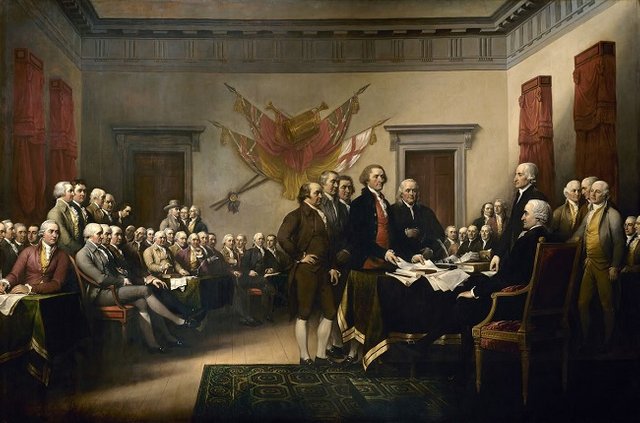Historical source and historical fact /part 5/
The three types of facts listed in themselves are not an exclusive affiliation of historical knowledge. They become historical only under certain conditions, the most important of which are the temporal and spatial localization of the studied events and processes and their inclusion in certain temporal and logographic relationships. Actuating facts are of great interest to the historian, who uses the business approach to explaining historical events and processes.
The second typology is so-called. a methodological typology that distinguishes the facts in their way of creation. Within this typology, the following types of facts are distinguished: typing, analytical, configuration, and statistical facts. The typing facts are built on the path of identifying the single testimonies of the source with the historical fact itself. A condition for such identification is a cognitive situation in which the historian has only one testimony of the event or process involved. The inability to compare this testimony with other testimonies, as well as its particular significance for solving the research task set forth, exposes the information contained therein to the level of historical fact. Strictly speaking, this practice is forced.
Analytical facts are built or constructed by comparing and critically evaluating existing contradictory evidence of a research process or period. The purpose of this comparison is to extract the authentic content of the periods or processes under study. Conditions for building such type of facts (analytical) are the presence of more than one certificate. The third type of configuration facts is built on the way of fixing the common in existing internal and external descriptions. The name of this type of fact is borrowed from the geometry where the term configuration refers to some initial geometric phenomenon. In history, this initial phenomenon is of course historical. Here we are talking about the following: squeezing on the basis of existing projections of this initial historical phenomenon. In this case, as such projections are present, the so-called internal and external descriptions. The inner descriptions are given by the participants of a process. External descriptions are given by side observers. The general condition that makes it possible to compare internal and external is that they relate to the same event and are made in the same time interval.
